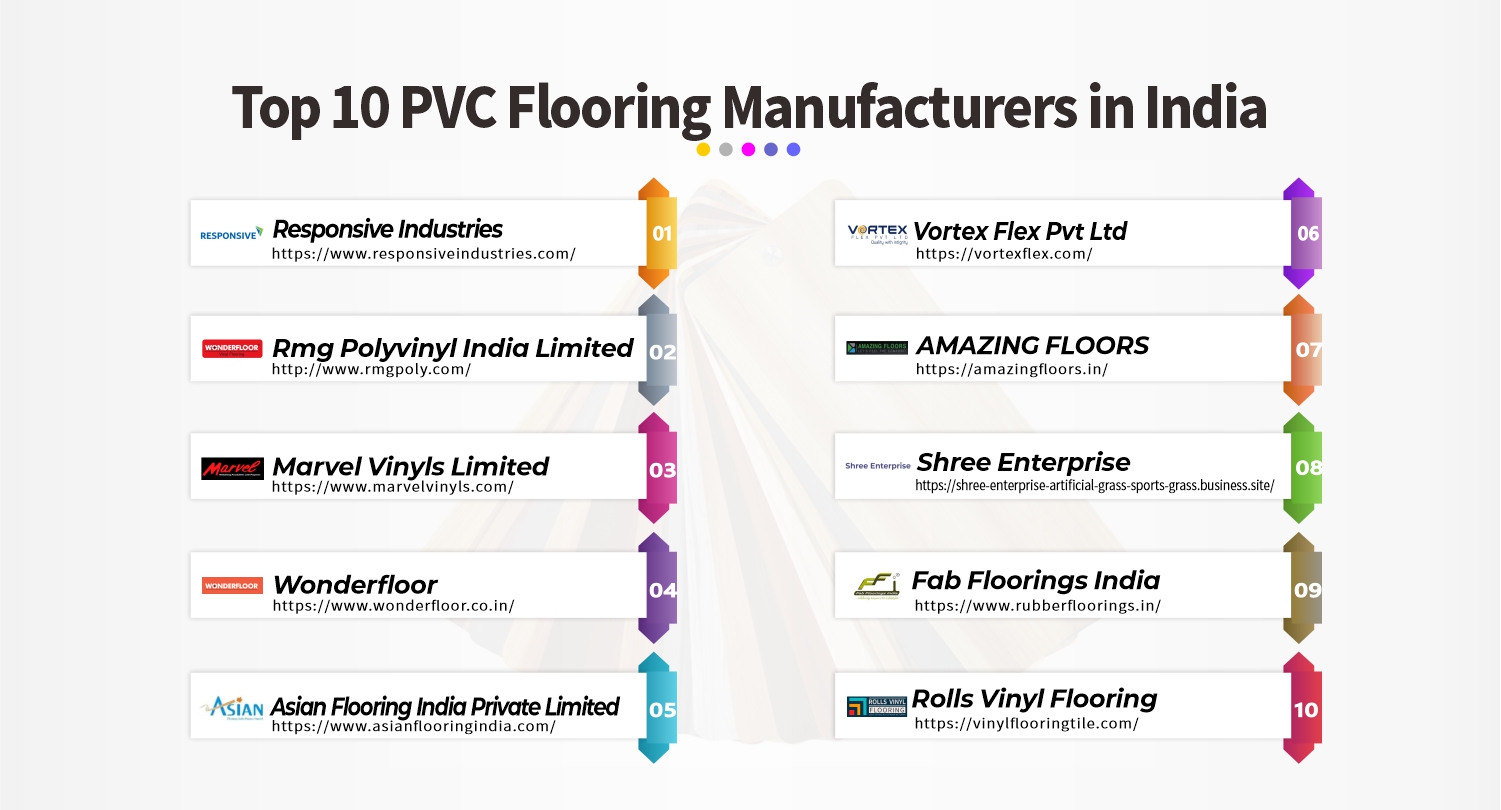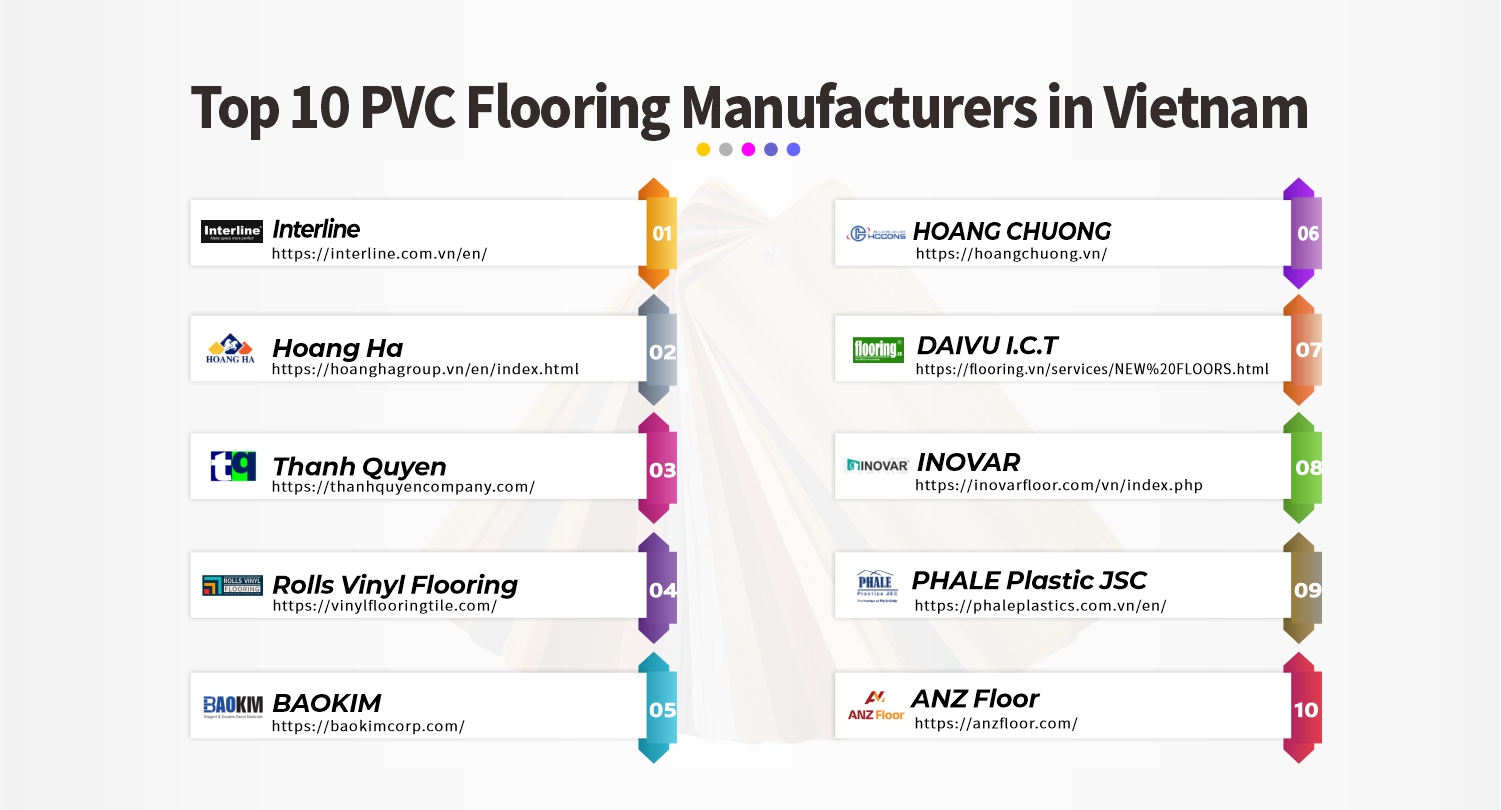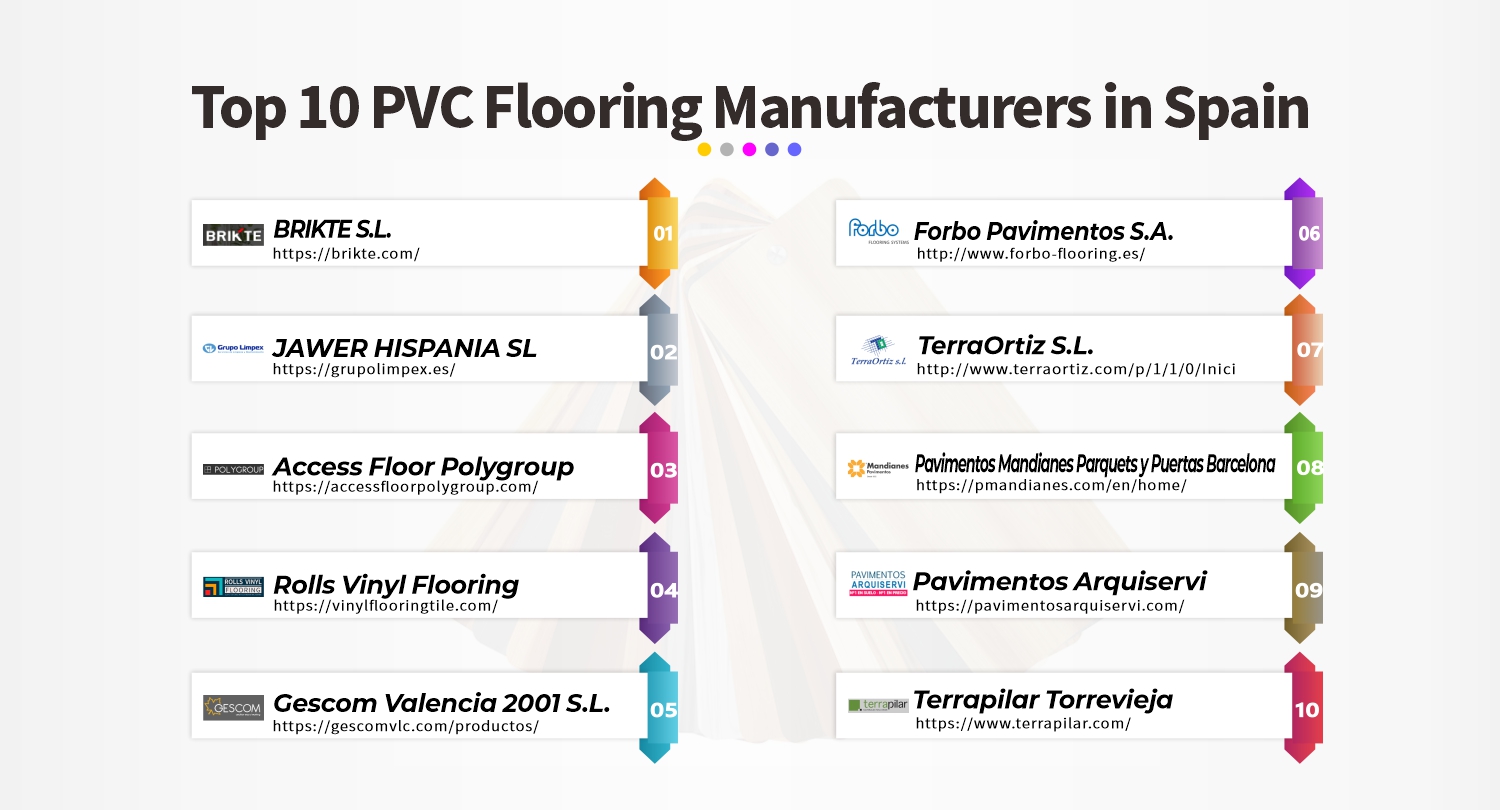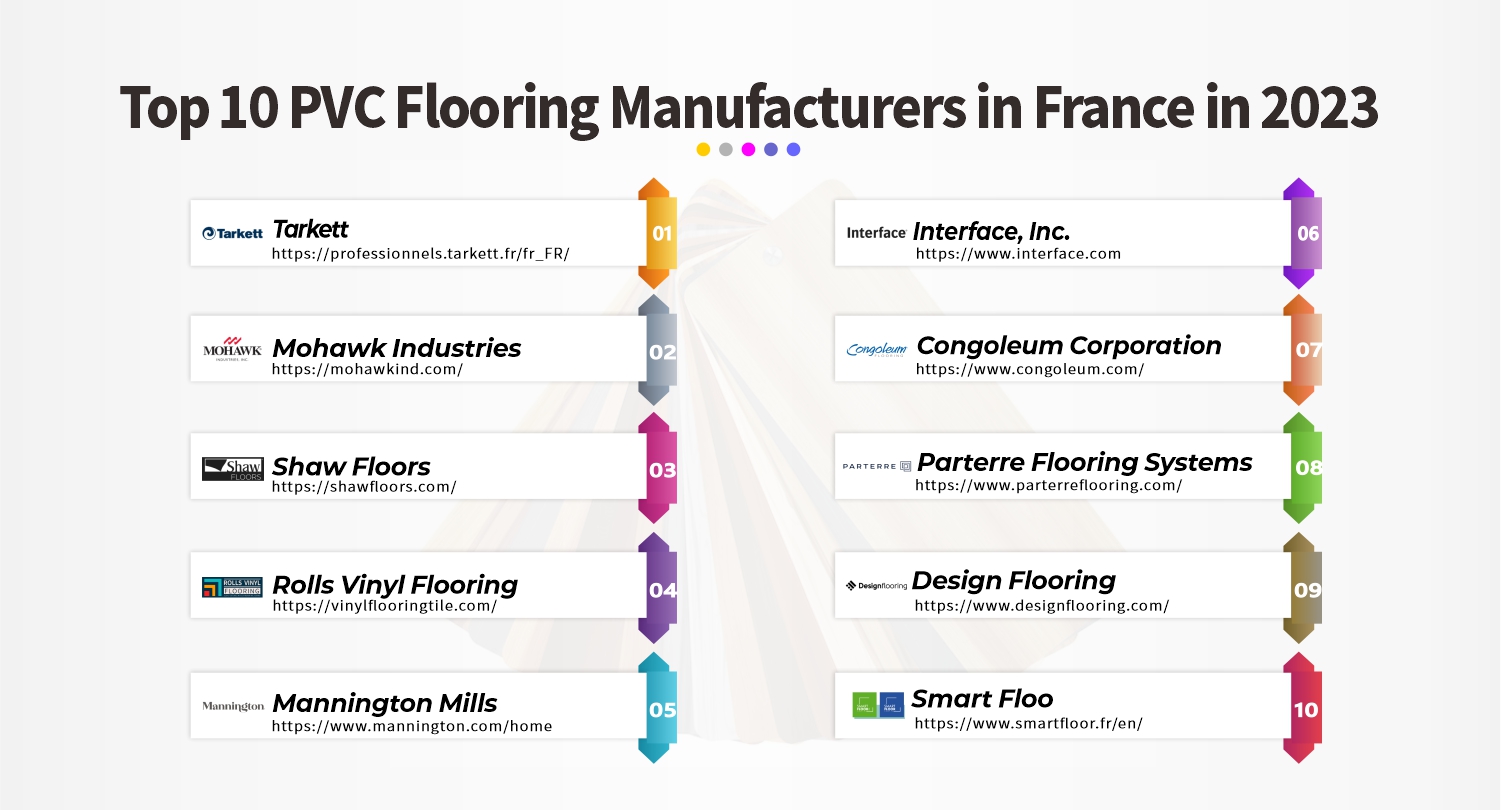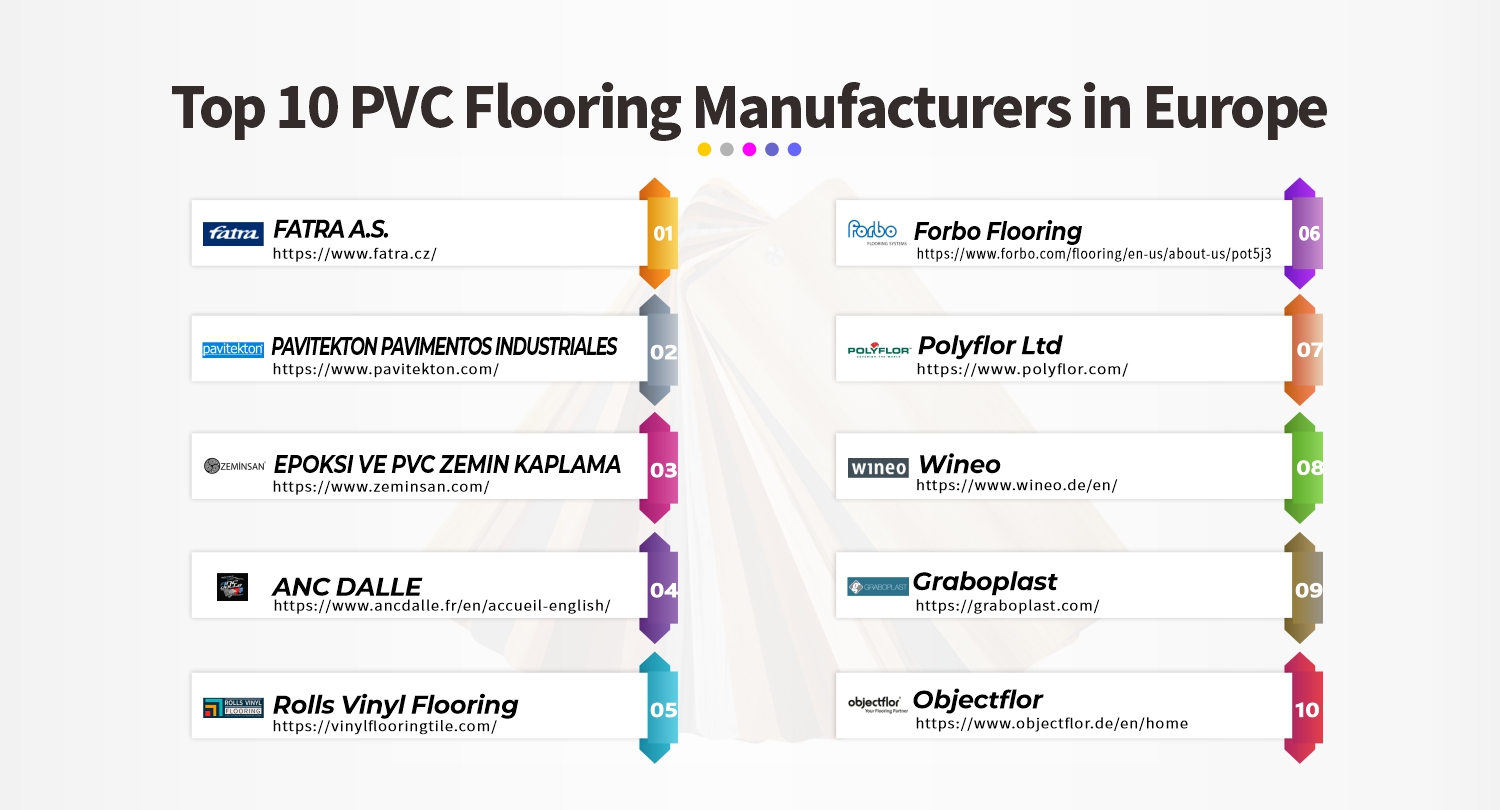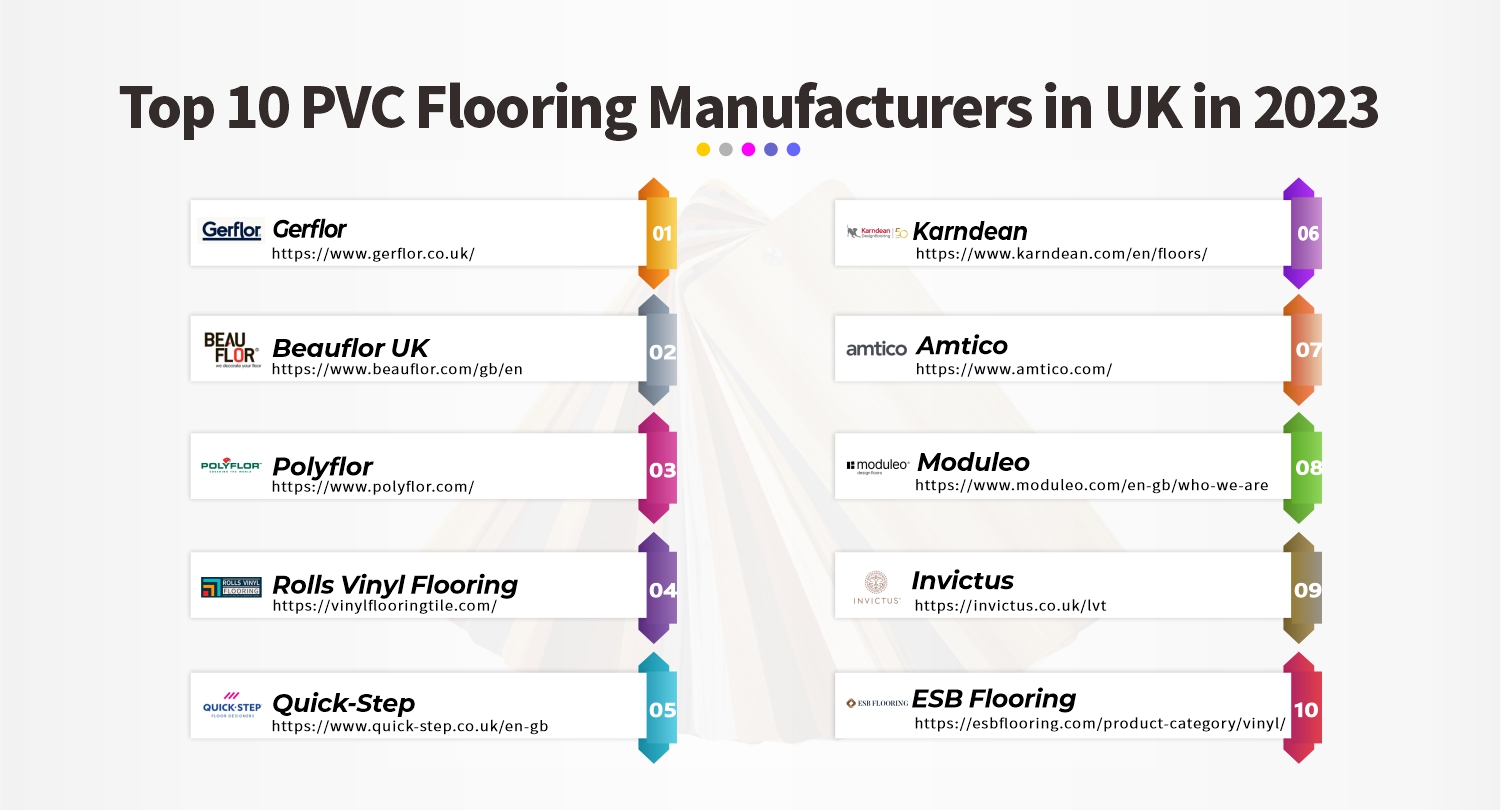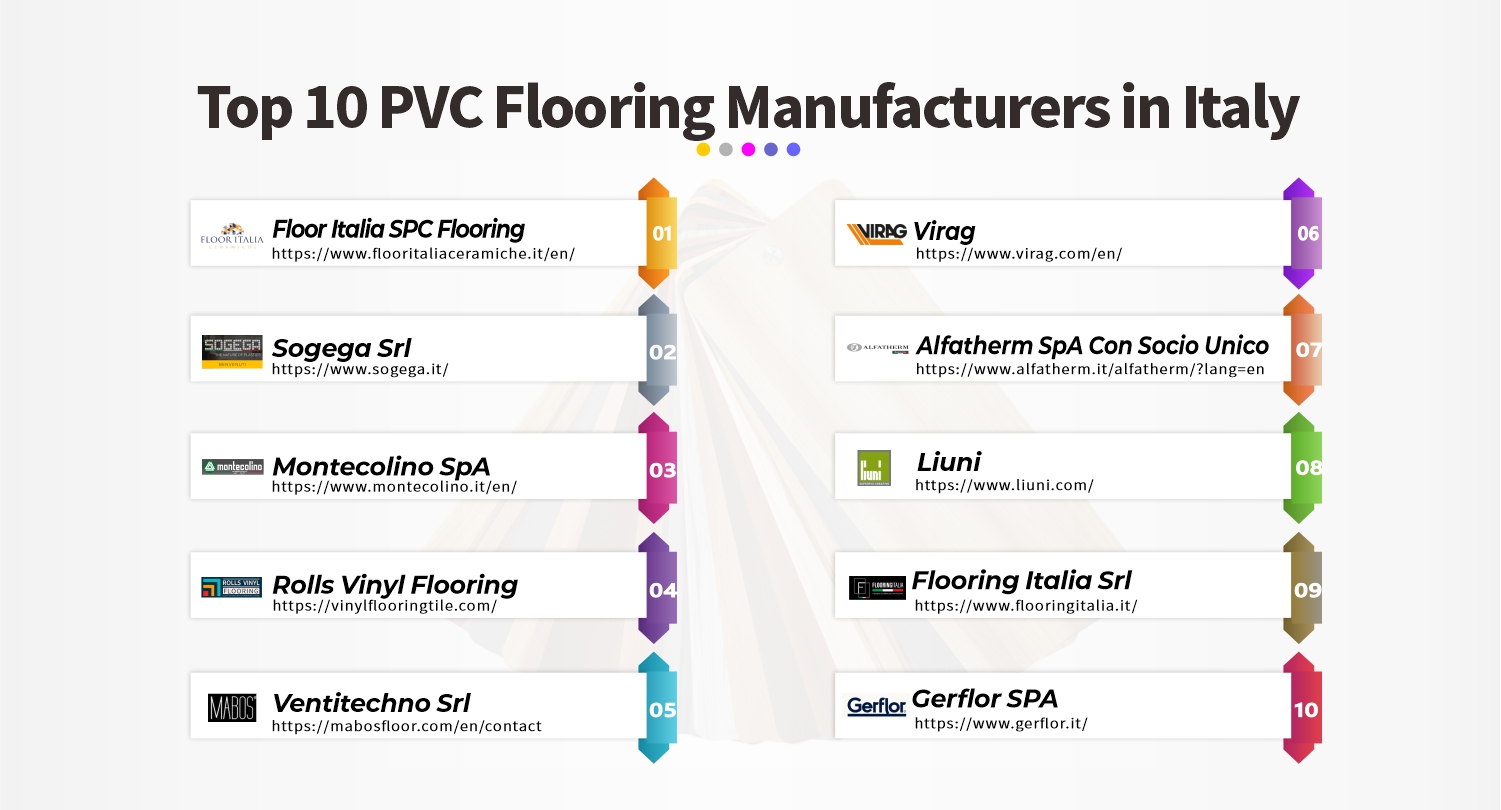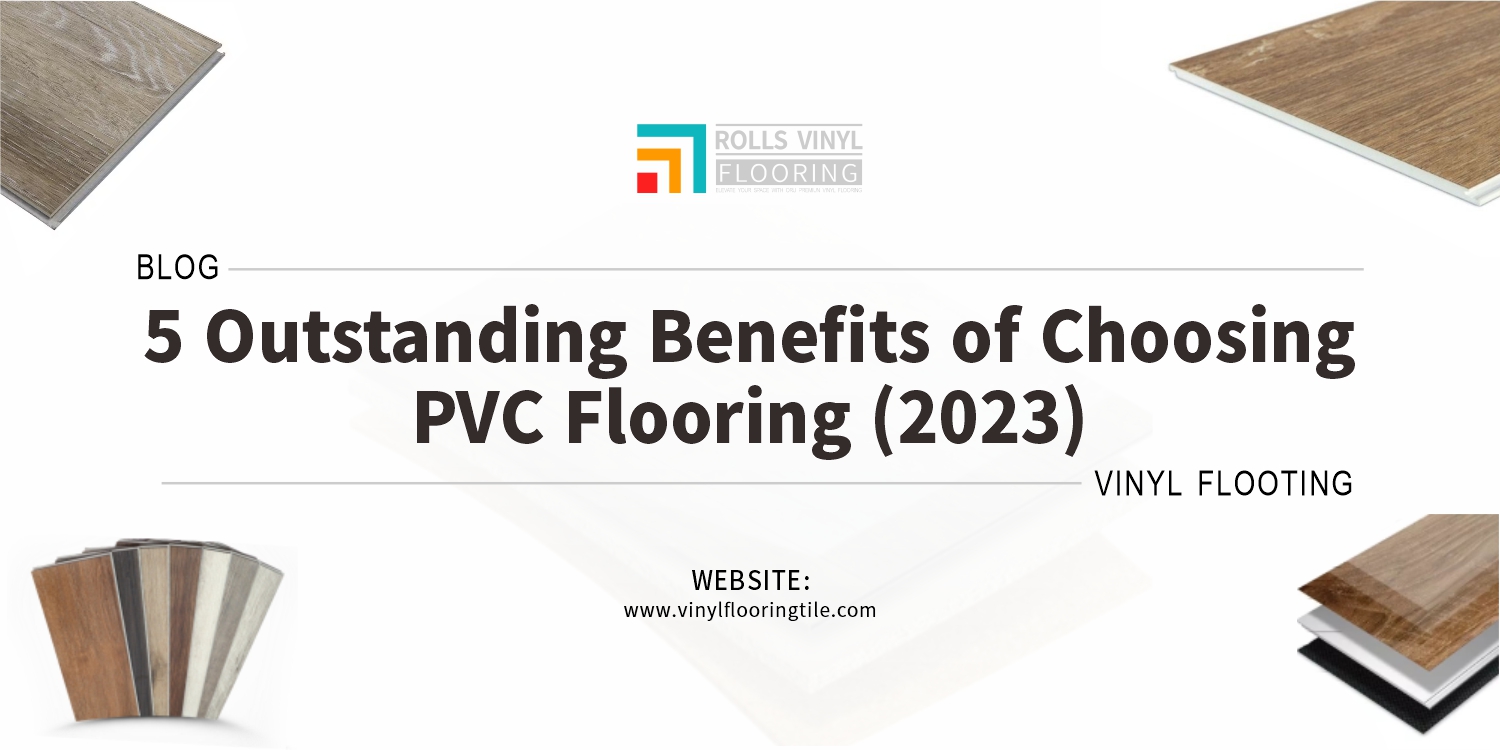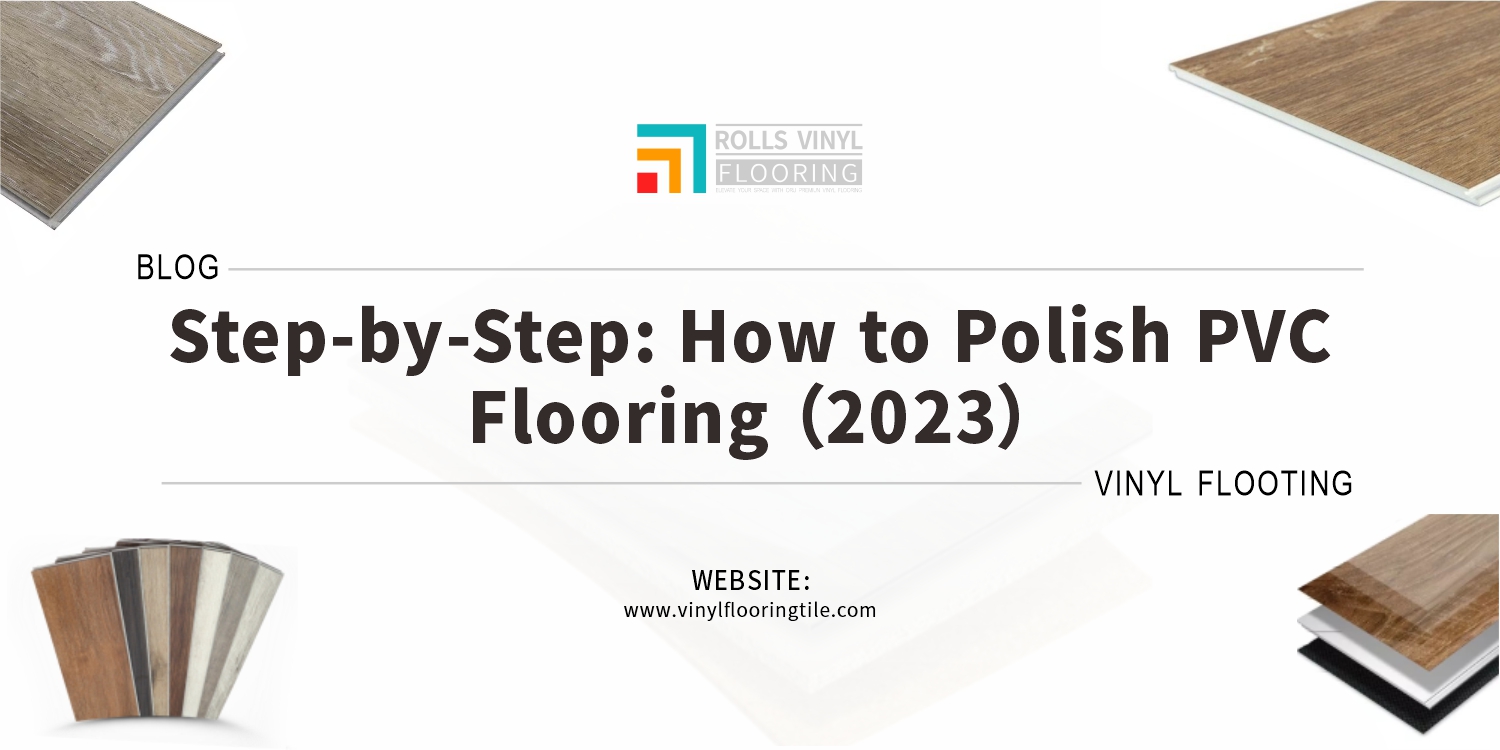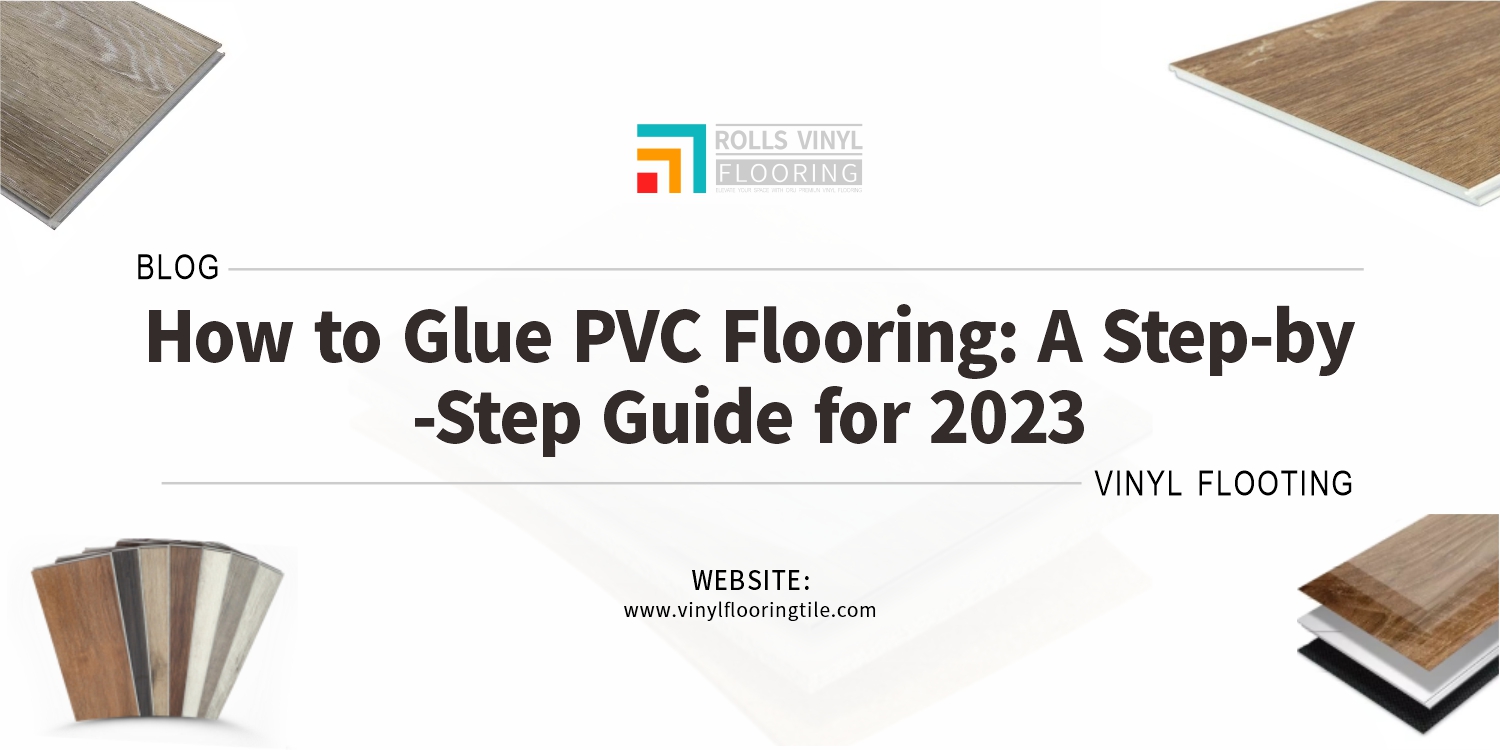Looking to understand the differences between LVT, WPC, and SPC flooring? Look no further than this informative article. Understanding the differences between LVT, WPC, and SPC flooring can be a daunting task. However, taking the time to understand the differences can help you make an informed decision when it comes to choosing the perfect flooring for your space.
LVT is a durable and affordable flooring type that is easy to install and maintain. WPC is a composite material that is stronger, more durable, and more water-resistant than LVT. SPC is a rigid-core vinyl that is waterproof, scratch-resistant, and durable. It is also more expensive than LVT and WPC.
Explore more about the differences between LVT, WPC, and SPC flooring including their definition, composition, advantages and disadvantages, and suitable areas for their application
1.Overview of LVT, WPC, and SPC flooring
LVT (Luxury Vinyl Tile) is a type of flooring that is composed of multiple layers of PVC vinyl and a top wear layer. It is designed to look like real wood or stone but is more durable and easier to maintain. It also provides good sound and thermal insulation.
WPC (Wood Plastic Composite) is a type of flooring that is made from a combination of wood and plastic. It is also eco-friendly and easy to maintain. WPC flooring comes in a variety of styles, from traditional wood looks to more modern styles.
SPC (Stone Plastic Composite) is a type of flooring that is composed of a core layer of calcium carbonate and a top layer of PVC vinyl. It is also eco-friendly and can be installed over existing floors. SPC flooring is available in a variety of styles, from traditional stone looks to modern designs.
2.LVT Flooring
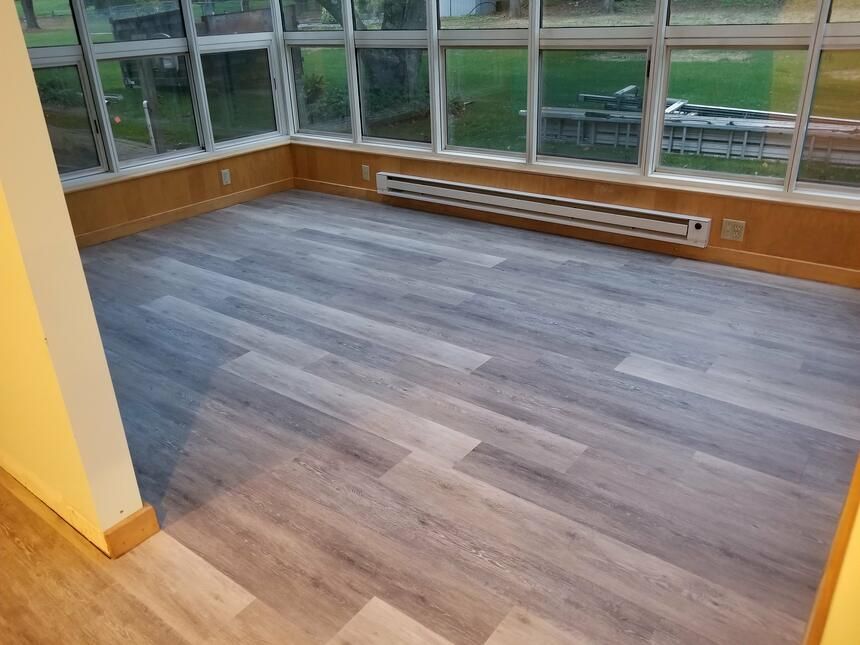
Definition of LVT flooring
LVT (Luxury Vinyl Tile) flooring is a type of flooring made from vinyl tiles that come in a variety of colors, patterns, and textures. LVT (luxury vinyl tile) is a type of flooring that is made from multiple layers of vinyl that are fused. It is waterproof, easy to clean and maintain, and much more durable than traditional vinyl flooring. It is often referred to as a floating floor because it does not require glue or nails to install.
Composition of LVT flooring
The top layer of LVT flooring is a wear layer that protects the floor from scratches, scuffs, and fading. This layer is designed to stand up to high-traffic areas and is usually made from urethane or polyurethane.
Below the wear layer is the design layer. This layer is part of the flooring that is visible and determines the color, pattern, and texture of the floor. This layer is usually made from a photo-realistic printing layer that is laminated to the vinyl.
The next layer of LVT flooring is the substrate. This layer is made from a combination of wood, cement, or a foam compound that acts as the foundation for the flooring. It provides the stability and strength that is necessary for the floor to hold up over time.
Finally, the backing layer of LVT flooring is the layer that is attached to the subfloor. This layer helps to provide additional cushioning and soundproofing.
Advantages and disadvantages of LVT flooring
LVT flooring is extremely durable, making it suitable for high-traffic areas. It is also resistant to scratches, dents, and moisture, making it a great option for homes with pets and children. LVT flooring is easy to install, making it a great option for DIYers. It uses a click-and-lock system, so you don’t need any special tools or adhesives.
LVT flooring does not have the same level of cushioning as carpet. It can be damaged by water if it is left to stand. This can lead to warping and discoloration of the material. LVT flooring can be easily scratched, especially if it is not installed properly. This can lead to unsightly marks and damage that can be difficult to repair.
Suitable areas for LVT flooring
Luxury vinyl tile (LVT) flooring is an increasingly popular choice for both residential and commercial spaces.
- LVT is an excellent choice for kitchens because it is water-resistant and easy to clean.
- LVT is well-suited for bathrooms because it can stand up to moisture and humidity.
- LVT is an ideal flooring choice for living rooms because it is stylish, yet durable enough to withstand the wear and tear of everyday life.
- LVT is an excellent choice for bedrooms because it provides a luxurious look and feels.
3.WPC Flooring

Definition of WPC flooring
WPC flooring, also known as wood plastic composite flooring, is a type of flooring material that is made from a combination of wood and plastic. The wood content of the material also gives it a natural look that is aesthetically pleasing and can be used to create a warm and inviting atmosphere.
Composition of WPC flooring
WPC flooring, or Wood Plastic Composite flooring, is a type of flooring made up of a combination of wood fibers, plasticizers, and stabilizers. WPC flooring is engineered with a composite of wood and plastic materials that have been fused under high temperatures and pressure.
Wood fibers are usually derived from hardwood or softwood species such as oak, pine, or cedar. The plasticizers are usually polyethylene or polypropylene. The stabilizers are usually calcium carbonate or zinc stearate.
The wood fibers are mixed with plastic and stabilizers to form a composite material. The composite material is then extruded or molded into planks or tiles. The planks or tiles are then cut to size and finished with a protective layer of the wear layer, depending on the desired look and feel of the flooring.
Advantages and disadvantages of WPC flooring
This combination of wood and plastic makes WPC flooring waterproof, resistant to wear and tear, and durable for long-term use. The wear layer is designed to protect the flooring from everyday wear and tear. WPC flooring is hypoallergenic and free of toxins, making it an excellent choice for those with allergies and sensitivities.
WPC flooring is prone to dents and scratches due to its softer surface. It is more expensive than traditional hardwood flooring. It can be difficult to clean. Dirt and debris can become trapped in the grooves and crevices, which can be hard to remove. It is not as durable as traditional hardwood flooring. It can warp or expand when exposed to moisture and humidity.
Suitable areas for WPC flooring
WPC flooring is a great choice for areas with low traffic and limited wear and tear, such as bedrooms and formal dining rooms. WPC flooring is best suited for areas with consistent temperature and humidity levels, as any sudden changes could cause the material to warp or expand.
4.SPC Flooring

Definition of SPC flooring
SPC flooring is a type of resilient flooring made from a combination of stone powder, polyvinyl chloride, and stabilizers. It is typically more durable and water-resistant than laminate flooring and can be used in both residential and commercial settings.
Composition of SPC flooring
SPC flooring is a type of rigid core luxury vinyl flooring that is made from a combination of natural limestone powder, polyvinyl chloride (PVC), and stabilizers. It is designed with a rigid core and a click-lock installation system that makes it the perfect choice for commercial and residential applications.
Advantages and disadvantages of SPC flooring
SPC flooring is 100% waterproof, scratch-resistant, and dent resistant, making it ideal for high-traffic areas. It also provides superior sound insulation and is hypoallergenic, making it a great choice for those with allergies. SPC flooring is available in an array of wood-look and stone-look designs, so you can create the look you want without sacrificing durability.
SPC flooring is more expensive than other types of flooring such as laminate, vinyl, or hardwood. It is not as easy to install as other types of flooring, requiring special tools and expertise. It is not as resistant to water damage and can be damaged by standing water. It can be difficult to repair if it is damaged.
Suitable areas for SPC flooring
SPC flooring is best suited for areas where there is a lot of moisture, such as bathrooms and kitchens. It is also suitable for commercial spaces, such as office buildings, retail stores, and restaurants, due to its durability and ease of maintenance.
Additionally, it is a great choice for bedrooms and living rooms because of its softer feel underfoot and its sound-reducing properties. It is also a good choice for basements, due to its moisture resistance and the fact that it does not require as much subfloor preparation as other flooring types.
5.Comparison of LVT, WPC, and SPC Flooring
Differences in composition, features, and characteristics of LVT, WPC, and SPC flooring
LVT (luxury vinyl tile) is a sheet vinyl that is available in a wide range of colors and patterns, making it a popular choice for homeowners. WPC (wood plastic composite) flooring is a hybrid material that combines natural wood fibers and thermoplastic resin. SPC (stone plastic composite) flooring is made of a combination of calcium carbonate, vinyl, and other additives, making it an extremely durable and waterproof flooring option.
- Factors to consider when choosing between LVT, WPC, and SPC flooring
- Durability: LVT is known for longevity as it is made of several layers of plastic, WPC is slightly more durable, and SPC is the most durable of the three.
- Moisture Resistance: LVT and WPC are both impervious to moisture, while SPC is slightly less resistant.
- Installation: LVT and WPC are easy to install, while SPC can require professional installation. -Cost: LVT is the most cost-effective of the three, followed by WPC and then SPC.
- Maintenance: WPC and SPC are low-maintenance floors, while LVT requires more frequent cleaning and polishing.
- Appearance: LVT offers the most variety in design and color, while WPC and SPC are more limited.
- Cost comparison of LVT, WPC, and SPC flooring
- LVT Flooring: Luxury Vinyl Tile (LVT) flooring is typically budget-friendly and ranges from $2.50 to $5.50 per square foot.
- WPC Flooring: Wood Plastic Composite (WPC) flooring is a bit more expensive than LVT, typically ranging from $3.00 to $5.50 per square foot.
- SPC Flooring: Stone Plastic Composite (SPC) flooring is the most expensive of the three options and typically ranges from $3.50 to $7.00 per square foot.
LVT flooring is a great option for those looking for a more economical and easy-to-maintain flooring option. WPC flooring is a great choice for those looking for a durable and water-resistant flooring option. Lastly, SPC flooring is an ideal choice for those looking for a strong and stable flooring option. All three types of flooring provide a great option for any space and are sure to improve the look and feel of any home or office.


